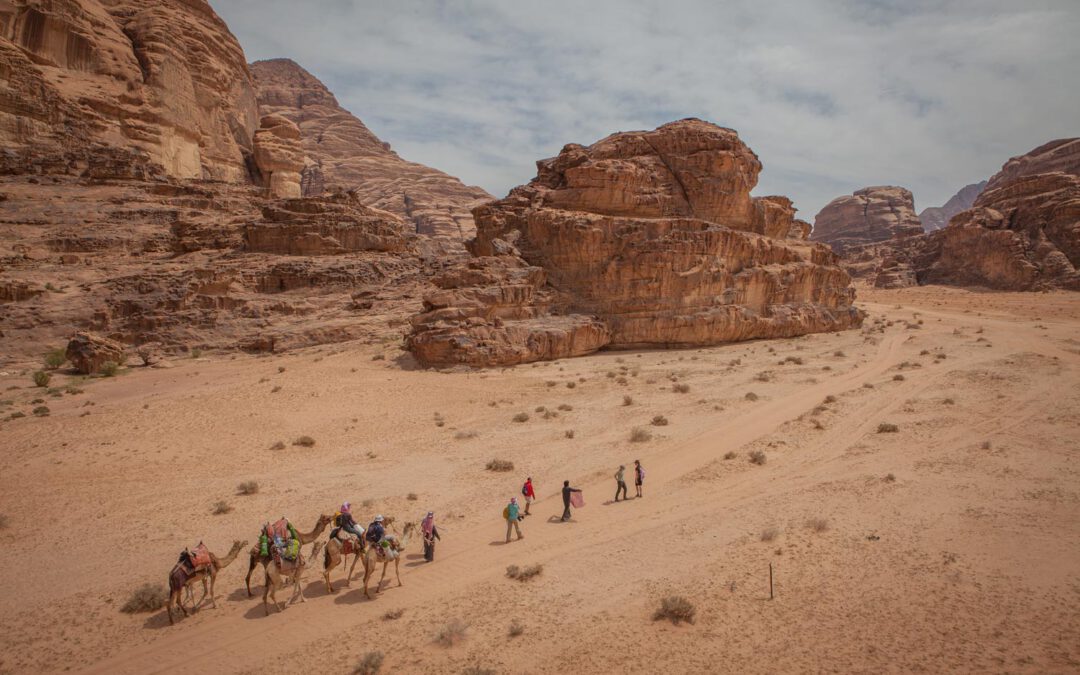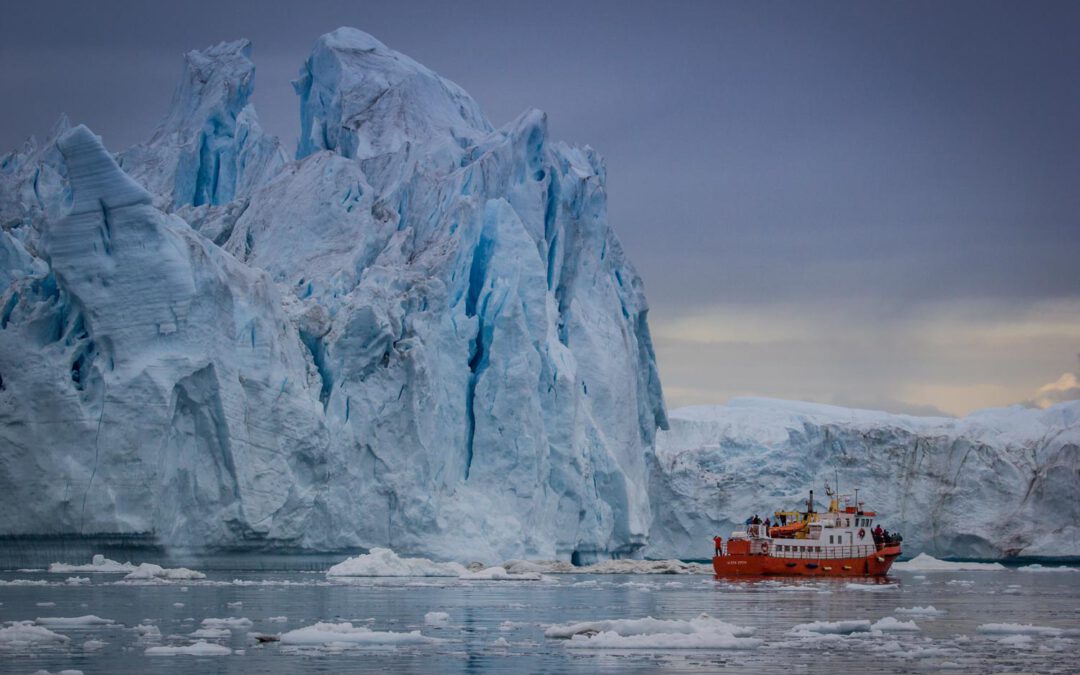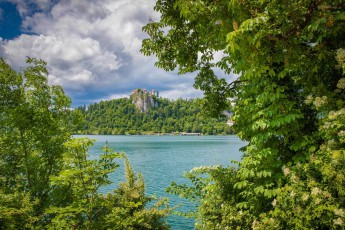
The turquoise waters of Lake Bled shimmer through the canopy of chestnut and lime trees, while above, the medieval castle sits enthroned on its 139-metre-high rock like a fairytale castle from a bygone era.
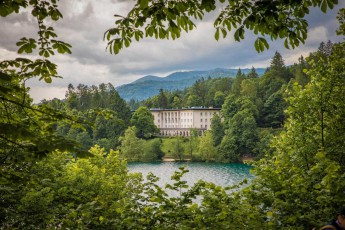
Through the lush green canopy of chestnuts and beeches, Villa Bled gleams in classical splendour - once the president's summer residence, now a luxury hotel on the shores of the emerald glacial lake.
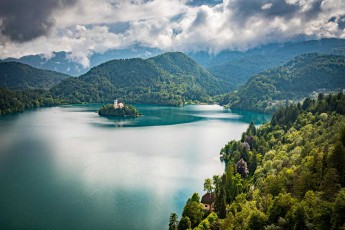
Like a romantic painting, Lake Bled spreads out between the wooded hills of the Julian Alps, with a fairytale island and baroque church in the middle – a scene that has enchanted visitors for centuries.
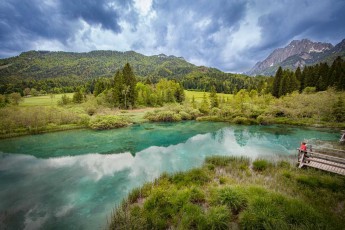
Like an emerald mirror, the Zelenci spring lies in the valley of the upper Sava - the crystal-clear thermal water bubbles year-round at a constant 5.5 degrees from the limestone, forming the source of the 947-kilometre Sava River that flows from here to the Danube.
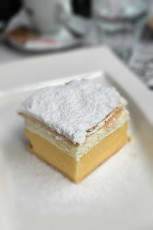
The legendary Bled cream cake (kremšnita) - baked since 1953, combines paper-thin puff pastry with silky vanilla custard and has become the sweet symbol of the spa town Bled.
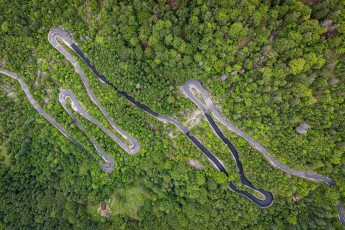
Like a grey serpent, the mountain road winds through hairpin bends in the dense beech forests of the Julian Alps. The Vršič Pass at 1,611 metres altitude is Slovenia's most spectacular panoramic road and the gateway to the Soča Valley.
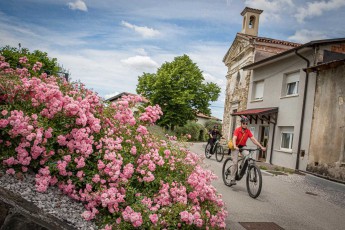
Lushly blooming rose bushes, little traffic on the streets, magnificent views – many villages in the Brda region are wonderful destinations for cyclists.
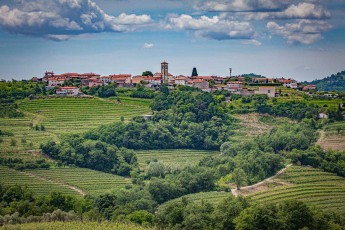
The precisely laid rows of vines stretch in gentle waves across the hilly landscape of Brda, bearing witness to centuries of winegrowing tradition in this region bordering Italy.

Winemaker Patrick Simčič proudly presents his 'Moja' in front of the terraced vineyards of his family estate. The charismatic oenologist is considered one of Slovenia's most innovative winemakers and cultivates international and indigenous grape varieties on 35 hectares.
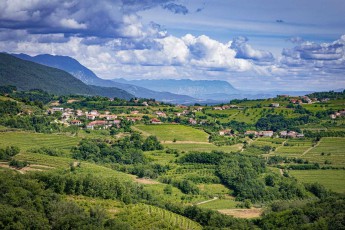
Like a painting, the cultural landscape of Brda stretches between forested hills - here Slovenian winemaking tradition and Mediterranean lifestyle merge.
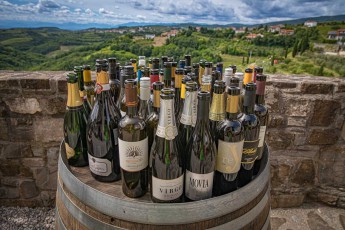
The fine wines of the Brda winegrowers are gathered in an old oak barrel – from mineral Sauvignon Blancs to elegant Chardonnays, each bottle reflects the unique microclimate – and probably also the thirst – of this Slovenian wine region.
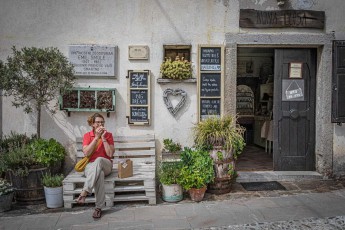
In front of the charming little shop ‘Nona Luisa’ in medieval Šmartno, a wooden bench invites you to take a pleasant break. Local products are sold here, including wine, cosmetics and olive oil.
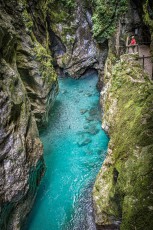
Like a hidden emerald, the turquoise waters of the Tolminka shine in what is probably the most spectacular spot in the gorge. Over thousands of years, the river has carved a 60-metre-deep gorge into the rock.
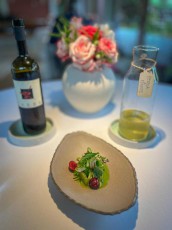
From the “50 Shades Of Red” menu at the award-winning Hiša Franko restaurant in Kobarid: this dish is called “Spring Harvest”.
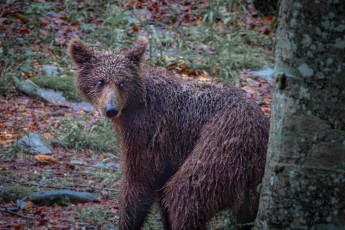
A young brown bear keeps a watchful eye on us, narrowly missing our hiding place. Slovenia is home to one of Europe's most stable bear populations, with around 1,000 animals living in the dense forests of the Julian Alps and the Dinaric Mountains.
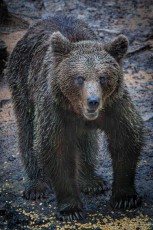
A female brown bear shows off her powerful teeth. This omnivorous animal can weigh up to 300 kilograms. Gamekeepers lure her to the observation points with small amounts of corn.
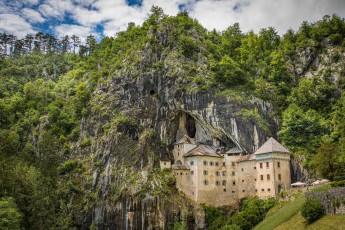
As if grown from the rock itself, the spectacular cave castle Predjama nestles into a 123-metre limestone cliff - the fortress, inhabited for over 800 years, is considered the world's largest cave castle.
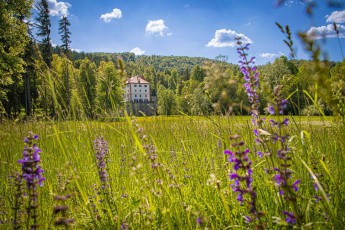
The Renaissance Snežnik Castle rises up among wild meadow flowers. Built in the 13th century, the fortress is surrounded by a 10,000-hectare nature park and is considered the best-preserved castle in Slovenia.

Before entering the Križna cave, I am overcome by a mixture of excitement and joyful anticipation.
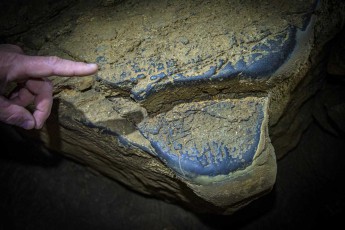
In Križna Cave, these smooth black surfaces on the limestone bear witness to thousands of years of use – countless cave bears rubbed their fur against them, leaving smooth marks that could only be preserved in the protected cave climate.
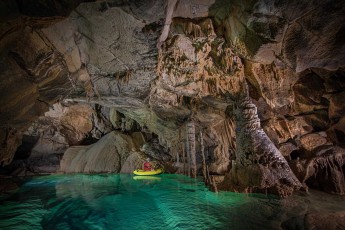
Gašper Modic glides through one of the emerald green lakes of Križna Cave in a yellow rubber dinghy. The 8,273-metre-long water cave is home to 22 underground lakes and is considered one of the most beautiful stalactite caves in Europe.
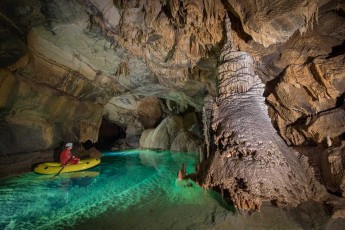
Cave guide Gašper Modic navigates his boat through the crystal-clear waters of Križna Cave, navigating between stalactites and stalagmites that are thousands of years old. The constant water temperature of 8 degrees Celsius makes this underground world a unique ecosystem.
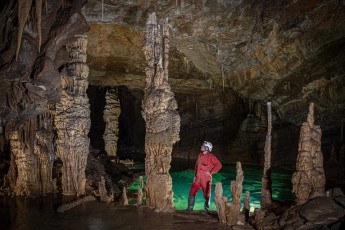
Gašper Modic stands between the monumental stalagmites of Križna Cave like a guardian of the underworld. The emerald green water at his feet reflects the ancient limestone formations, creating a scene of unreal beauty.
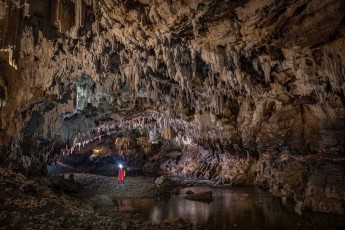
Stalagmites hang like fossilised teeth or spikes from the ceiling of this chamber of the Pivka Cave.
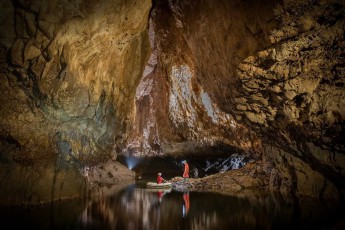
The Pivka Cave opens up before me like an underground ballroom. The mirror-smooth water doubles all the stalactite formations, and my guides appear to me like ferrymen in a realm of stone and time.
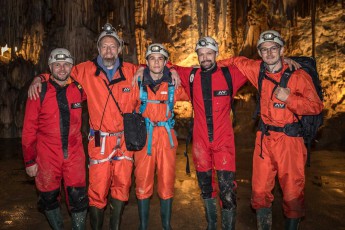
From left to right: Primoz Gnezda, me, Jan Wahl, Kevin Klun, Vid Ursic.
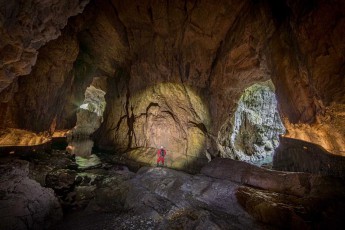
In the monumental Mahorčič cave, part of the Škocjan cave system, guide Borut Lozej becomes a miniature figure in front of titanic limestone walls. Daylight streams through the natural portals, transforming the UNESCO World Heritage Site into a cathedral of light and shadow.
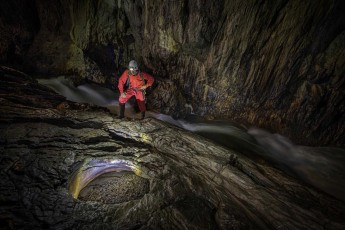
The Reka River rushes over polished limestone banks through the depths of the Škocjan Cave. Guide Borut Lozej examines a basin that has been shaped by thousands of years of water power and erosion.
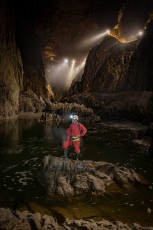
Like a mountaineer in the Alps of the underworld, guide Borut Lozej stands on a rock in the underground Reka River. Further up, lights illuminate the visitor paths through Europe's largest underground gorge.

